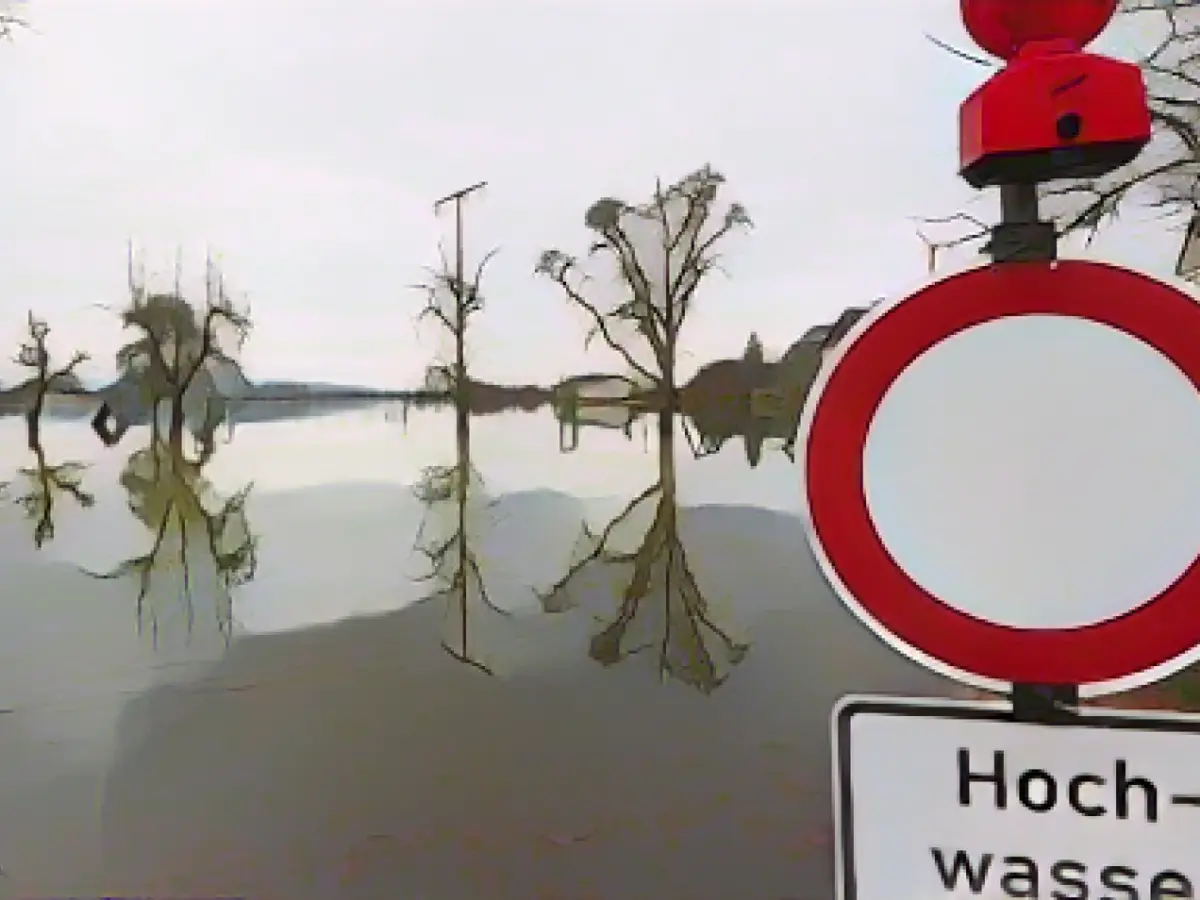The flood threat in the Upper Rhine area, as reported by the HVZ in Karlsruhe, is expected to lessen over the weekend. Nevertheless, the resumption of shipping in this region, which has been halted since Tuesday due to high water levels, is still uncertain. A spokesperson for the HVZ anticipates it may continue to be suspended until at least the weekend.
On Wednesday, the Upper Rhine's water level of 7.50 meters, crucial for shipping, reached its five-year mark at the Maxau gauge in Karlsruhe. At these levels, large cargo ships may generate wave impacts that would potentially harm dam systems. The water levels are expected to drop again midday Thursday.
Meanwhile, the Danube area experiences slightly elevated water levels, which are anticipated to subside until Friday in the lower reaches of Baden-Württemberg, affecting neither shipping nor the area's infrastructure. The upper Bavarian Danube, however, transforms into a federal waterway that is permissible for freight traffic.
The town of Riedlingen on the Danube, though expecting no extreme flooding, has implemented precautions such as sandbag placement and dam beam protection for buildings.
Since Tuesday, the Swiss Rhine region and various areas within the country have experienced a surge in water levels due to melting snow and rainfall. However, the situation should stabilize within a few days, as less rain is anticipated and the snowmelt has temporarily ceased. The weather forecast indicates a cooler trend, which might contribute to further improvement.
In essence, the flood risk in the Upper Rhine area is anticipated to decrease soon, but the resumption of shipping remains unclear. The water levels in the Danube and the Swiss Rhine regions, while easing, may continue to influence respective regions' infrastructure.
Source:
Enrichment Data: While river navigation can be impacted by flooding and high water levels, the specific cases in the Upper Rhine and Danube rivers do not appear to be directly related. The navigability of the Upper Rhine is largely influenced by its own hydrological conditions and ongoing maintenance activities. Improvements such as canalization and the construction of dams have played a role in enhancing its navigation capability. Since 1934, the Upper Rhine has been navigable between Basel and Rheinfelden, with projects such as the Grand Canal d’Alsace continuing to undergo construction to improve its navigability further.








